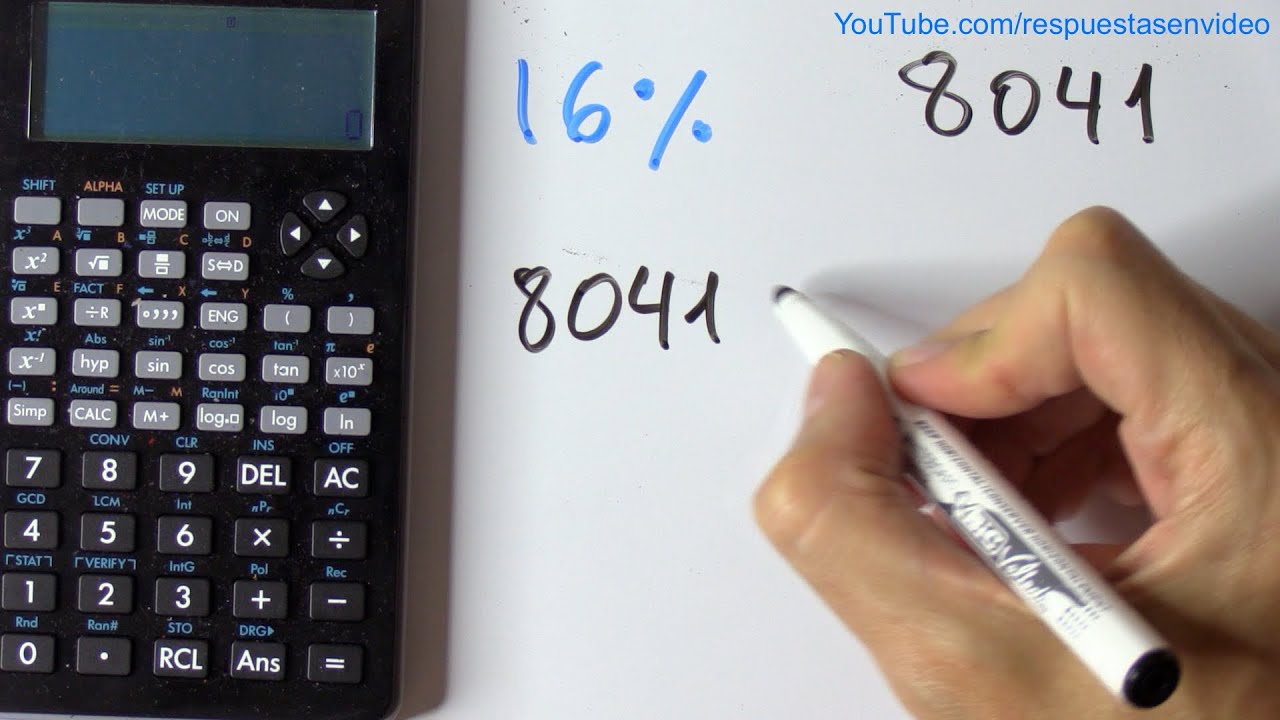What is a Percentage?
In mathematics, a percentage is a way of expressing a number as a fraction of 100.
Understanding Percentages
Percentages are used to compare values or express quantities as a fraction of a whole. It is denoted by the symbol «%». For example, 50% means 50 out of 100.
Percentages are often used in many real-life situations, such as:
- Discounts: When we see a sale with a 20% discount, this means that the price has been reduced by 20% of the original price.
- Interest Rates: Interest rates on loans or investments are often expressed as percentages.
- Test Scores: Grades or exam scores are often represented as a percentage of the total marks.
Calculating Percentages
To calculate a percentage, we can use the following formula:
Percentage = (Part/Total) * 100
For example, if there are 30 red balls out of a total of 100 balls, the percentage of red balls would be:
Percentage = (30/100) * 100 = 30%
We can also calculate the part or total when the percentage is known. For example, if we know that 40% of a total is 60, we can use the following formula:
Part = (Percentage/100) * Total
Using the above example:
Part = (40/100) * Total = 0.4 * Total = 60
Therefore, the total would be:
Total = 60 / 0.4 = 150
Percentages play a significant role in many aspects of our daily lives, including finance, statistics, and everyday calculations. Understanding percentages is crucial for making informed decisions and interpreting data accurately.
Calculating 16% of a Number
In this blog post, we will be discussing how to calculate 16% of a number.
Calculating percentages is a fundamental skill that everyone should know. Whether you’re working with finances, shopping, or even cooking, being able to determine a specific percentage of a number is incredibly useful.
So, how do you calculate 16% of a number?
It’s actually quite simple. To find 16% of a number, you just multiply that number by 0.16. Let’s break it down with an example.
Example:
Let’s say you want to calculate 16% of 80. To do this, you would multiply 80 by 0.16:
- 80 x 0.16 = 12.8
Therefore, 16% of 80 is 12.8.
It’s important to note that multiplying by 0.16 is the same as dividing by 100 and then multiplying by 16.
Now that you know how to calculate 16% of a number, you can apply this knowledge to various situations. Whether you’re calculating discounts, taxes, or even tips at a restaurant, being able to compute percentages quickly will save you time and effort.
Conclusion
In conclusion, calculating 16% of a number is a straightforward process. Simply multiply the number by 0.16, and you will have your answer. Remember, this technique can be applied to any number to find its corresponding percentage. So go ahead, put your math skills to the test in everyday scenarios!
Calculating 16% of $120
In this blog post, we will be calculating 16% of $120. Let’s break it down step by step.
Step 1: Converting the percentage to a decimal
To calculate a percentage, we first need to convert it to a decimal. We can do this by dividing the percentage by 100. In this case, 16% becomes 0.16.
Step 2: Applying the percentage to the amount
Now that we have the decimal representation of the percentage, we can apply it to the amount. In this case, we want to find 16% of $120.
To do this, we multiply the amount by the decimal representation of the percentage:
$120 * 0.16 = $19.20
Therefore, 16% of $120 is $19.20.
Conclusion
Calculating percentages is a useful skill to have in various situations. By following the steps outlined in this blog post, you can easily calculate any percentage of a given amount.
Conclusion
En este artículo hemos discutido varios aspectos importantes sobre el tema en cuestión. A través de nuestra exploración, hemos llegado a las siguientes conclusiones:
Importancia de la información
Es crucial reconocer la importancia de la información en nuestras vidas. Vivimos en una era de información donde el acceso a datos precisos y actualizados puede marcar la diferencia en muchos aspectos de nuestra existencia diaria.
Avance tecnológico
El avance tecnológico ha permitido la rápida difusión de la información. Con el advenimiento de Internet, ahora podemos acceder a una amplia gama de conocimientos con solo unos pocos clics. Esta facilidad de acceso ha transformado la forma en que obtenemos y compartimos información.
Desafíos de la era digital
En la era digital, también nos enfrentamos a desafíos únicos en relación con la información. La proliferación de noticias falsas y la falta de verificación en línea son problemas crecientes que debemos abordar. Es crucial desarrollar habilidades de pensamiento crítico para discernir la información confiable de la engañosa.
Responsabilidad de los consumidores de información
Los consumidores de información tenemos la responsabilidad de ser discernidores y críticos con lo que encontramos en línea. Debemos verificar las fuentes y no aceptar información sin cuestionarla. Al ser conscientes de la calidad de la información que consumimos, podemos tomar decisiones más informadas y contribuir a un mundo más informado.
En resumen, el acceso a la información tiene un papel fundamental en nuestra sociedad actual. Debemos reconocer su importancia y ser responsables al consumirla. Al hacerlo, podemos aprovechar al máximo los beneficios de la era digital y contribuir a la creación de una comunidad más informada y consciente.

